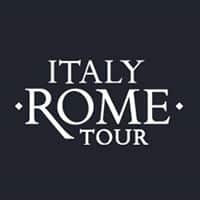In 1939 the Circus Maximus was transformed into a gigantic seaside village
On July 26th 1939, the newspaper Luce announced the “festive opening of the seaside village at the Circus Maximus”. The area, built in the space of the gigantic and ancient stadium, was a place to relax, sunbathe and swim. The structure, born close to the ruins of the Palatine, was equipped with three large swimming pools plus various other fields, intended for sports of all kinds, as well as a whole series of useful services, with attractions and entertainment.
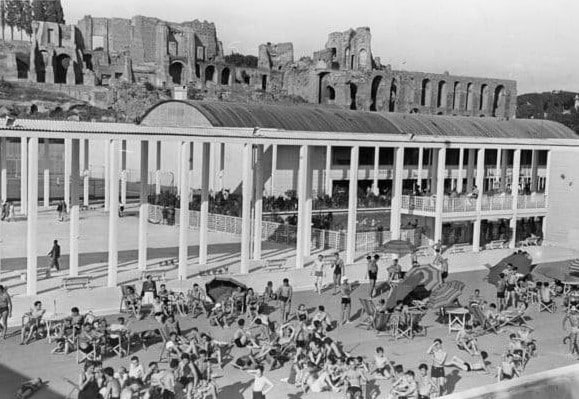
In the area of what was the ancient Circus Maximus (the Circus Maximus of Rome or rather what remains is the largest stadium in history, the largest structure for shows built by man; it was located between the Aventine and the Palatine Hill, and had a capacity of 300,000 spectators) there were tennis, volleyball, basketball, badminton, tambourine, hit ball courts, a skating rink, plus a skating rink. Pavilions were also set up for theatrical performances and film screenings (a 2500-seat cinema theater was set up), as well as refreshment points, restaurants, bars and even salons where you could cut your beard and hair.
The seaside village was the conversion of an exhibition structure born years earlier in view of Eur 42 (Universal Exposition Rome). Since 1936, the Circus Maximus was used by the fascist regime as an exhibition space (for example, it hosted the National Textile Exhibition and the National After-Work Exhibition).
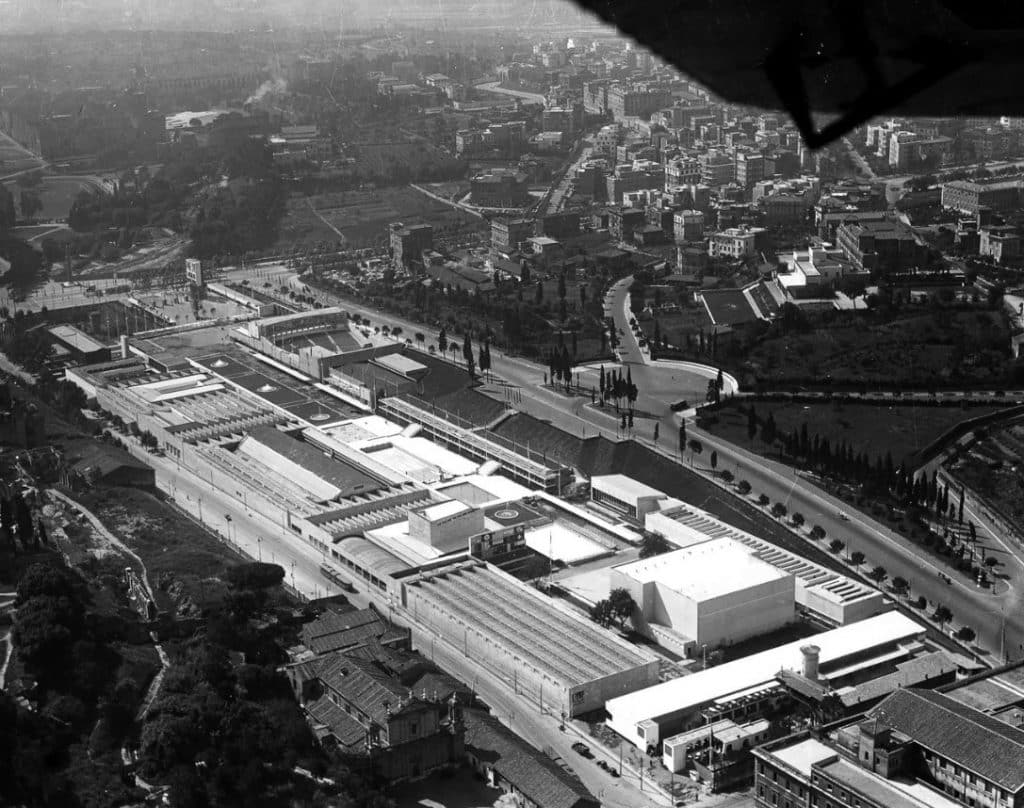
On November 23rd 1938, Mussolini inaugurated the Autonomous Exhibition of Italian Minerals to celebrate Italian progress in the exploitation of the country’s mineral resources. The layout was designed by the architects Vincenzo Monaco and Amedeo Luccichenti. The exhibition was held until May 1939.
Then the decision to convert the entire structure into a seaside village.
A historical event is linked to the inauguration of the seaside village of the Circus Maximus: the first tests of television broadcasts broadcast in Italy. That same day, the television transmitter EIAR (Italian Radio Audition Board) came into operation at the Monte Mario transmitter station.
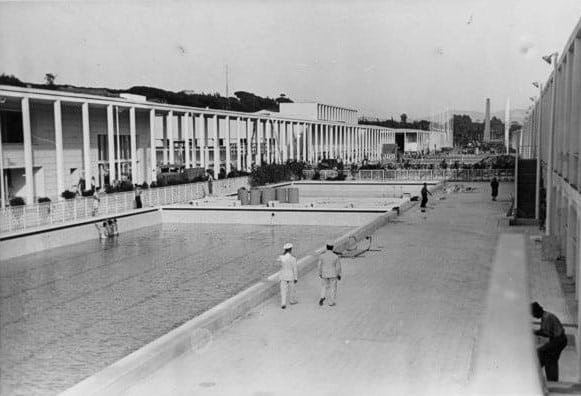
In October 1939, an African-style park and an exhibition of Libyan handicrafts with items offered for sale to the public were added to the village as new attractions. In the park there was the reconstruction of a colonial house surrounded by a suggestive authentic African scenery, with a tucul, monkeys and gazelles.
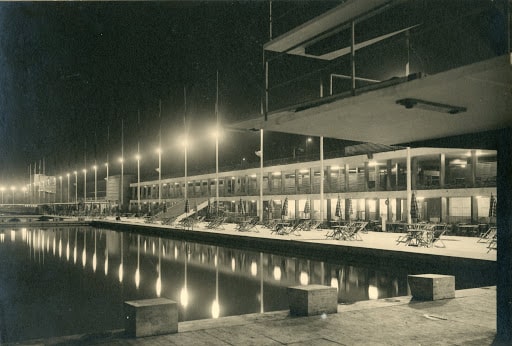
On January 12th 1940, a boxing meeting was held in the structure during which the Italian and European flyweight champion Urbinati beat the Sassarese Matta for abandonment in the 11th round. The experience of the structure ended in 1940, the year in which Italy entered the war.
VISIT OUR WEBSITE:
